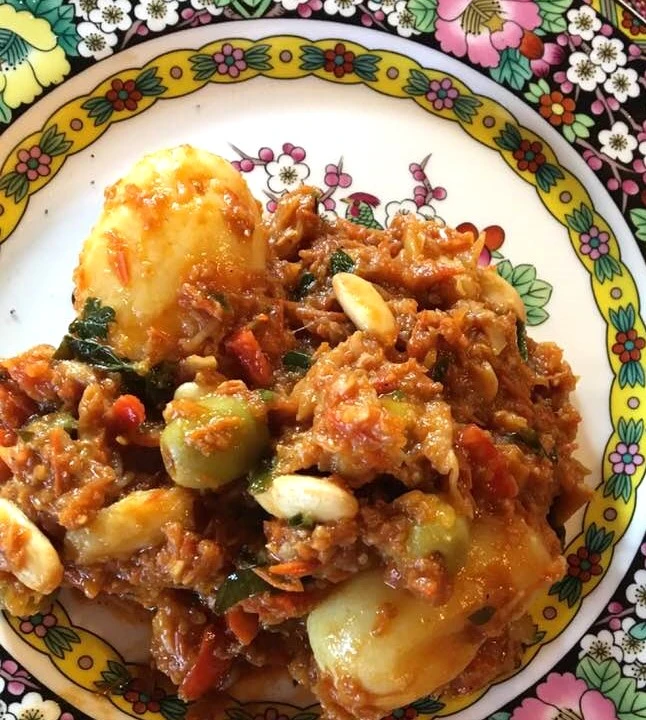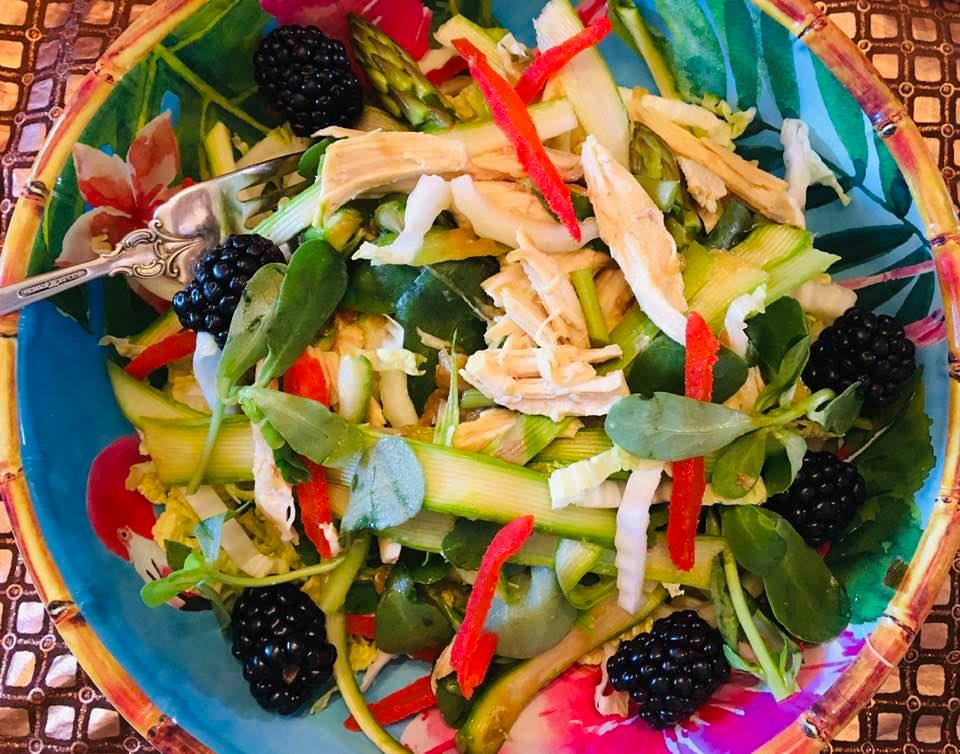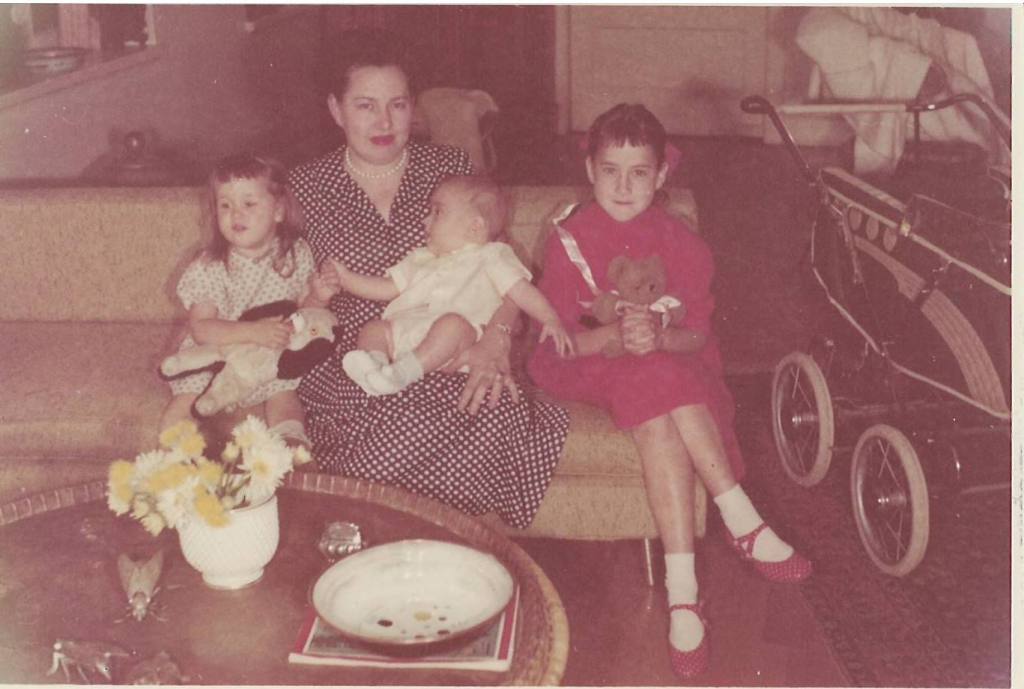
Let’s go back two decades to the days of the Fox Administration.
In Mexico, being a madrina or padrino doesn’t have the gravitas that it might over in El Otro Lado. Godparents can come in multiples with varying responsibilities, like paying for the wine, the candles, clothing, even the goat sacrificed for birria at a rite of passage. It’s not a pledge to provide lifelong counsel and guidance.
That afternoon we bought first Communion dresses for Maria’s twin daughters. She has worked for my family since before her daughters were born, and her husband has worked for my family long before that.
I knew she was hesitant to ask me to be a madrina, so I brought up the topic myself. “You can buy one dress, and your sister can buy the other,” she remarked. I wanted the girls to have their first Communion before they grew any taller and the dresses more expensive.
How much should first Communion dress cost? Not having the first clue, I asked around what price range would be appropriate for folks of Maria’s social status and where the best deals could be had. While I didn’t want to be cheap, I didn’t want to overspend either. I’d heard about too many gringos who ended up paying more for the honor of being a madrina or padrino than they paid for their own celebrations.
Should I simply give Maria the money, or should I go with her to buy the dresses? “Go with them, and make it a special occasion,” the trusted friend instructed. Shopping is high on my list of life’s pleasures, but I was not looking forward to this experience.
Setting off for downtown Morelia in a taxi that afternoon, just so we wouldn’t have to deal with parking, I brought along just a little more money than I’d budgeted, leaving my credit card at home. Exiting the cab, I reminded myself that this adventure was going to cost me the price of a new pair of Ferragamos.
The twin Marias announced that they didn’t want to dress alike for this occasion.
Our first stop was at a store recommended by an economical friend. Dresses, gorgeous dresses that could’ve made it to the pages of Town & Country, made to order, were $550 MXN ($55 USD) each, but I could have a 20% discount if I bought two. And while only one dress the girls’ size was in stock, another could be readied in a day or two. Maria practically fainted when she heard the price. I liked the dresses for their elegant simplicity, plain linen-like fabric with a single flower at the waist, even though they didn’t have the pearls and lace that usually mark first Communion dresses around here, but it was clear that my crew didn’t think the dresses were fancy enough.
We headed down the street to an area lined with store after store selling dresses and chazerei for baptisms, juvenile brides of Christ, quinceañeras, and brides of living humans. I spied a pair of socks with ribbons, lace and pearls, and we made our first purchase.
Two more stores later, the girls find the dresses they like. $250 MXN ($25 USD) each, so I’m not complaining. I think the dresses are simply awful – lace spaghetti straps, satin bodice, a tulle skirt, and a tulle shawl. The store has two alike, and the girls now announce that they want matching dresses.
“Are you sure, absolutely sure that these are first Communion dresses?” I ask, startled at bare arms. I am assured that these dresses are perfectly appropriate. Oh well, I’m not going to be wearing these dresses.
Now to find the corona, veil, and a kit containing the candle, missal and little bag, essentials, they insisted and which I knew nothing about. Two more stores later, we find suitable headgear. Nixing the little pearl crowns that I like, the girls settle on veils gathered by an arrangement of white flowers. It’s their day, and whatever they want, they’re going to get. But finally I have my way, and we add white lace gloves that reached above the elbow.
“Oh, they don’t need gloves,” Maria tells me. I insist that the girls need some showing of modesty with the dresses they picked out.
Now for shoes. They can’t wear those tennis shoes with a nice dress, so we look for white shoes that can be worn later. Two more stores, and Zapateria 3 Hermanos has some nice ones, leather Mary Janes with white embroidery on sale for 55 pesos ($5.50 USD). And they had two pairs in the girls’ size.
The outfits are complete. We didn’t buy the pearl-festooned satin dresses with puffed sleeves and crinolines that I’d imagined, but the girls and their mother ended up with what they wanted. And that was all that mattered.
Feeling very much like my own grandmother when she used to take me shopping, buying me whatever kind of clothing I wanted without asking any questions and insisting upon one supplemental item she wanted me to have, I announced that it was time for a snack. And to celebrate old times, at least in my mind, there was no finer way to conclude a shopping trip, and, since there was no department store tea room like days gone by when I’d gone shopping with my grandmother, we headed to Woolworth, where I’d remembered that the former Templo de San Juan de Dios housed a café and soda fountain that offered up burgers and fancy desserts. Of course, it turned out that the café had been closed for years, now harboring the store’s electronics department.
Passing through the Catedral, which the girls had never seen, we headed for the portales, settling down in front of the Hotel Casino restaurant, now known as LU. Sensing that the girls had never ordered from a menu, I instructed them to read it and tell the waiter their choices: strawberry malts and French fries. The waiter played along with us, the tunas serenaded us, and the girls could hardly contain their fascination. You would’ve thought they were in New York City.
And our budget? Well, we came in at more than 50% under what I’d anticipated. Two girls had been outfitted for the first Communion at less than half the price of a pair of Ferragamos – or for less than 45 minutes of psychotherapy. (Ferragamo Varas were selling for about $180 USD retail back then.)
I only thought my work as madrina was done and over with. The next week, Maria reminded me that I’m supposed to meet with the priest to go over my responsibilities as the godmother before the mass. What? Quickly, I looked up something in Canon Law which says something like “Under no circumstances are Jews allowed to be godparents,” printed it, put it in a sealed envelope, and sent it on to the priest.
At the post-Communion comida, the priest leans over to me and tells me that I could’ve been a godmother at that mass if I hadn’t sent him that note. After all, the parroquia where we live is one that doesn’t pay much heed to the rules. There’s one of those in every city, the kind of place illegitimate births get full-fledged and legitimate recognition, where there’s no waiting time to marry, where one priest openly lived with the mother of his son, and where there’s an exception to every rule and where rules are made to be broken. Still, I was happy to dodge that bullet.
The girls didn’t want to be quinceañeras, and that came as a huge relief.
The next public ceremony I would attend for the girls would be over at the university, when both received their degrees in architecture and accounting. They’re on their own now, and their parents still work for me. I guess I did something right.

















 I still possess some, stashed away in the bodega), lava lamps, and marijuana paraphernalia. A poster of Disney characters engaged in sex acts inspired me to write a law school piece about droit moral and Article 6bis of the Berne Convention, which ended up making me more money than I’d ever made in my entire life up until…
I still possess some, stashed away in the bodega), lava lamps, and marijuana paraphernalia. A poster of Disney characters engaged in sex acts inspired me to write a law school piece about droit moral and Article 6bis of the Berne Convention, which ended up making me more money than I’d ever made in my entire life up until…






